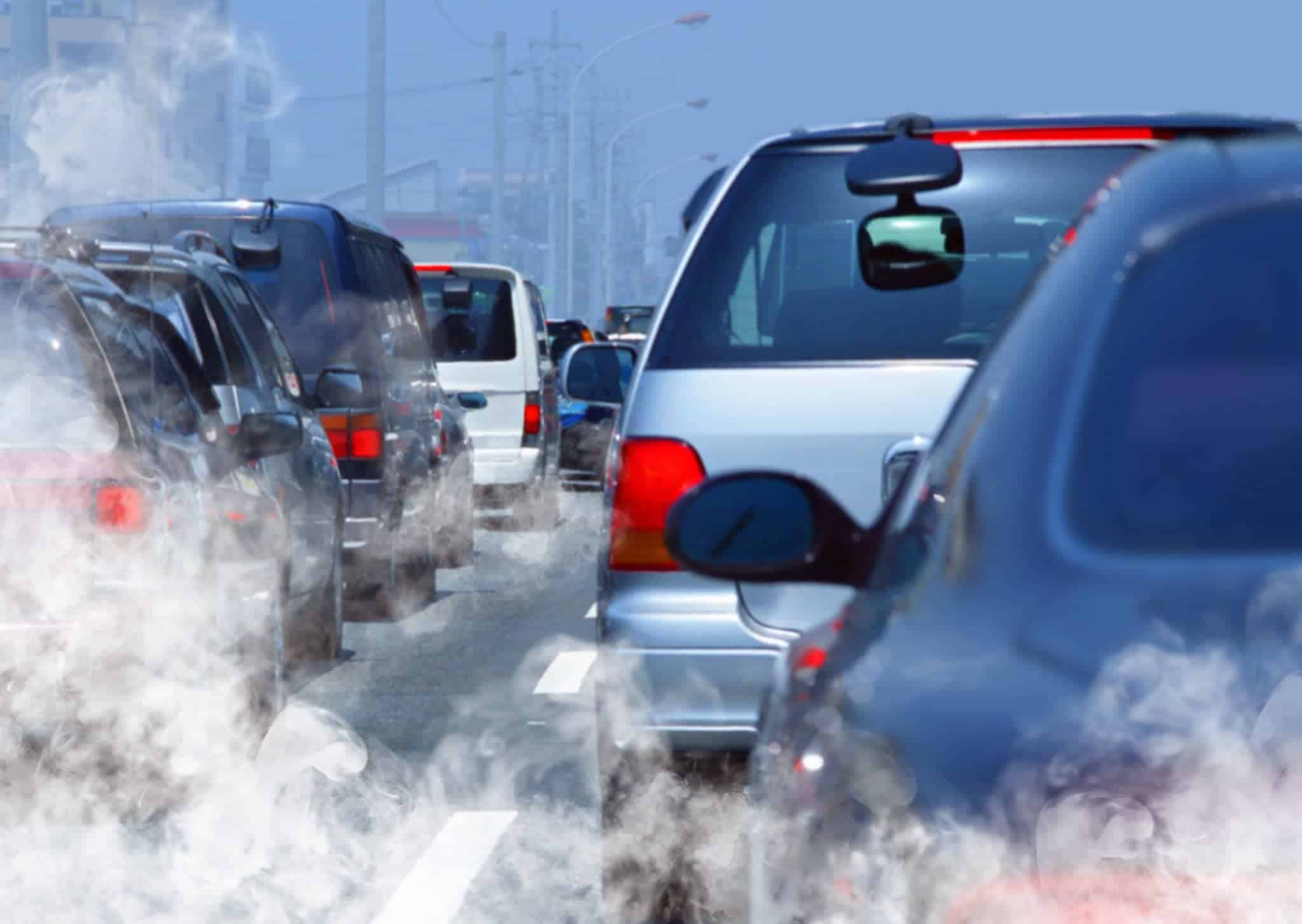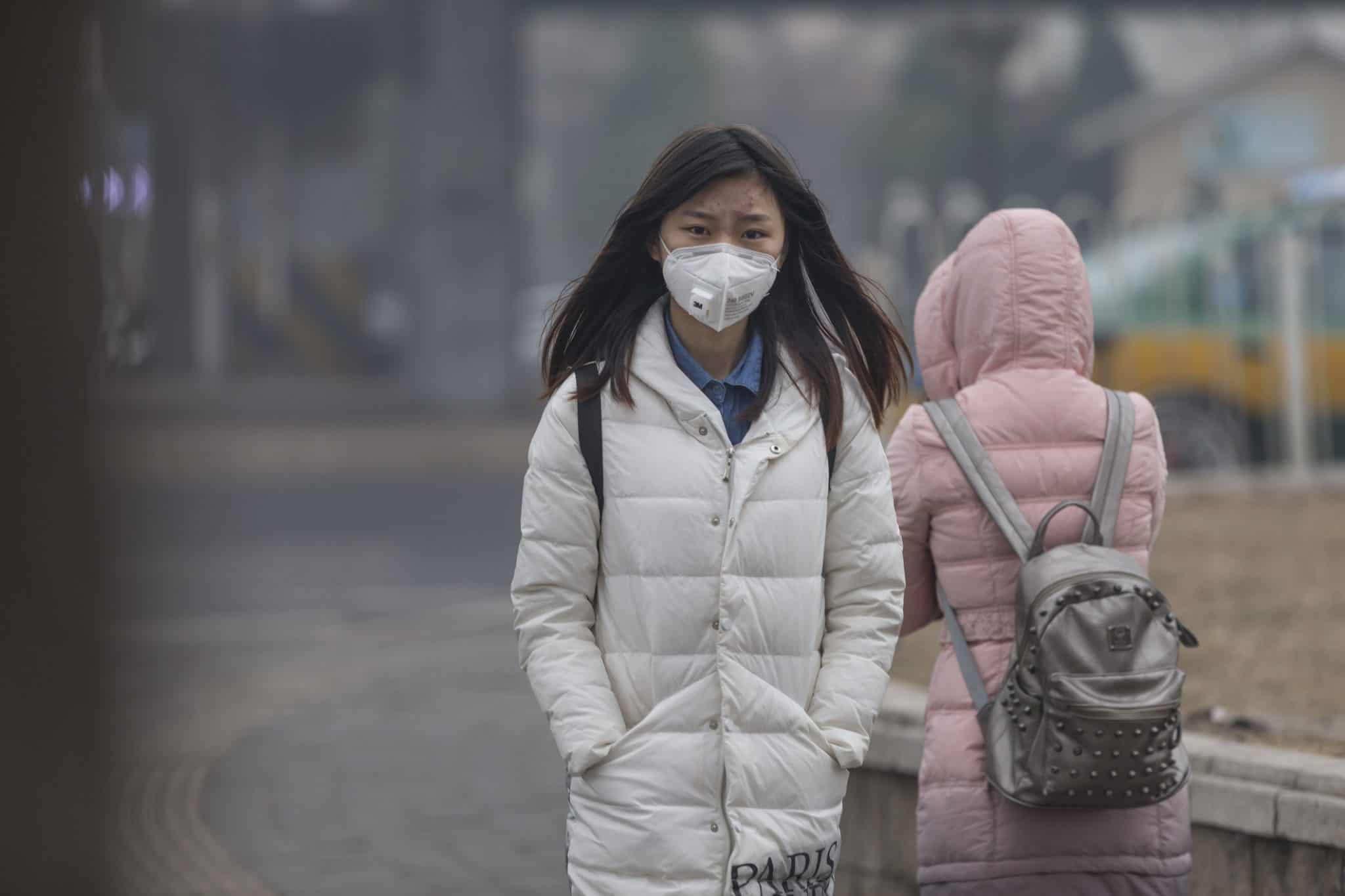The impact of air pollution on children in urbanised areas
UNICEF’s recent report on the effects of air pollution on children around the world shows that the worst effects of air pollution on children’s development occur in the developing world. Urbanised areas in both developing and developed countries also pose air pollution risks to young children.
By Anne-Marie Morrissey
The recent release of UNICIF’s report titled Clear the air for children: The impact of air pollution on children demonstrates how these urban risks include harmful emissions from factories and traffic. The Report identifies the many immediate and long-term risks to children’s development from these pollutants.
The worst exposures and most devastating effects are in low-income countries and in southeast Asia. Even high income developed countries, such as Australia, cannot afford to be complacent about the effects of air pollution on young children, particularly in urban areas. In her editorial for the journal Reviews on Environmental Health, author Anne-Marie Morrissey highlights how in Australian cities, some of the worst pollution is found close to freeways and busy roads. Research has documented the detrimental effects of traffic pollution on the development of children’s lungs living in homes, or attending schools, close to busy roads. Traffic pollution also has negative effects on foetal growth.
The findings of the UNICEF Report add to growing concerns in Australia about the increasing location of childcare centres on busy roads. Cheaper real estate is found on busy roads, so these locations will provide stronger returns for investors. As a result, there is a proliferation of urban childcare centres located on busy roads, rather than on quieter suburban backstreets, with a consequent increased exposure of young children to traffic related air pollution (TRAP).

Children most vulnerable to pollution
Does this matter? It certainly does. Children in childcare are aged from early infancy to school-age, the most crucial years for healthy development, and also the time of most developmental vulnerability to the effects of pollution.
The significant neurological effects and development of chemicals associated with unconventional oil and natural gas operations (UOG) on children and infants is the focus of a recent review published in Reviews on Environmental Health.
Early childhood is a period of rapid brain development, especially in forming neural connections, which are the foundations for intelligence and higher brain function. Brain development is also affected by exposure to TRAP.
Concentration of polluted air higher in outdoor play areas
A child may spend up to five years of their life in childcare, and up to 40-50 hours per week in their centre. Those centres sited on busy roads will have higher traffic pollution levels indoors and even more in their outdoor play spaces.
Children breathe more air, relative to their body size, than an adult does. Being shorter, they also breathe air that is closer to the ground. This is important as TRAP “settles” and concentrations are higher closer to the ground. In some childcare centres, children’s outdoor play spaces can be observed located just a few metres from the exhaust pipes of passing vehicles, including diesel buses and trucks.
Children receive higher dose of pollution than adults
These factors mean that a young child will receive a higher “dose” of TRAP than their adult carers in the same environment will. Increased exposure to TRAP increases children’s risks of acute respiratory infections and asthma, and has detrimental effects on lung function.

It also has short and long-term effects on intellectual functioning and development, with increased risks of behavioural problems and lower cognitive functioning. There will also be noise pollution from heavy traffic, likely to be affecting communication, concentration and the quality of children’s play.
Children in other countries could be affected too
This situation is also likely to be occurring in other countries where TRAP is not specifically identified as a concern by regulators of children’s services.
The UNICEF report notes that environmental regulation brings real gains in the protection of children’s health and development from the risks of air pollution. But where such regulations are not in place, the evidence shows that it is children, families, communities, and ultimately governments, who suffer the consequences and pay the costs, in both the short and long-term.
It is imperative that children’s services regulators in all countries pay heed to the UNICEF Report’s recommendations on making the protection of young children from the harmful effects of air pollution a priority in decisions on the siting of children’s centres and playgrounds.
Read the original article here: